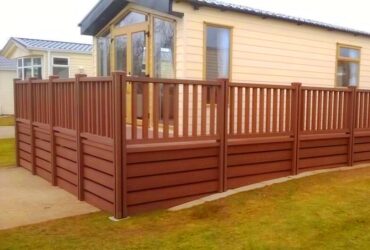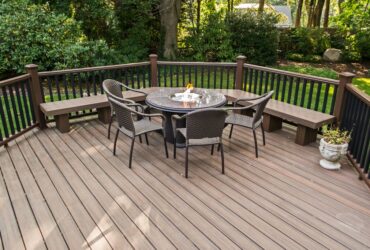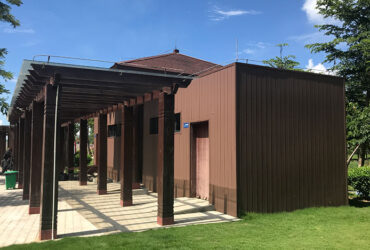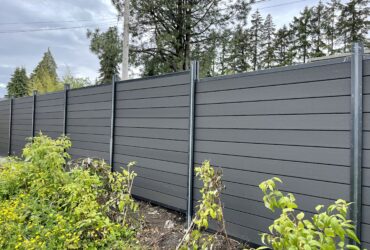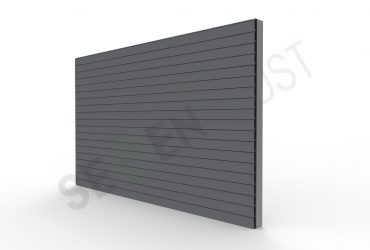The “Pretender” Among Outdoor Building Materials——Plastic Wood
Walk on the trestle in the prairie, sit on a bench by the lake, and take a look at the pavilion on the top of the mountain. The beautiful scenery will make you linger. But I wonder if you have noticed that the trestles, benches, and pavilions in the scenic area look like they are made of wood, but they are smooth to the touch and have not rotted despite being exposed to wind, sun, and rain. Why is this? Today, let us reveal the "pretender" among outdoor building materials - plastic wood.
The trestles, benches, and pavilions we see in the scenic spots are actually not made of wood, but made of wood-plastic composite materials.It is a composite material that can replace wood and is widely used in outdoor construction.Wood-Plastic Composites (WPC) is a composite material mainly made of wood or cellulose as the base material and plastic (it can also be a variety of plastics).
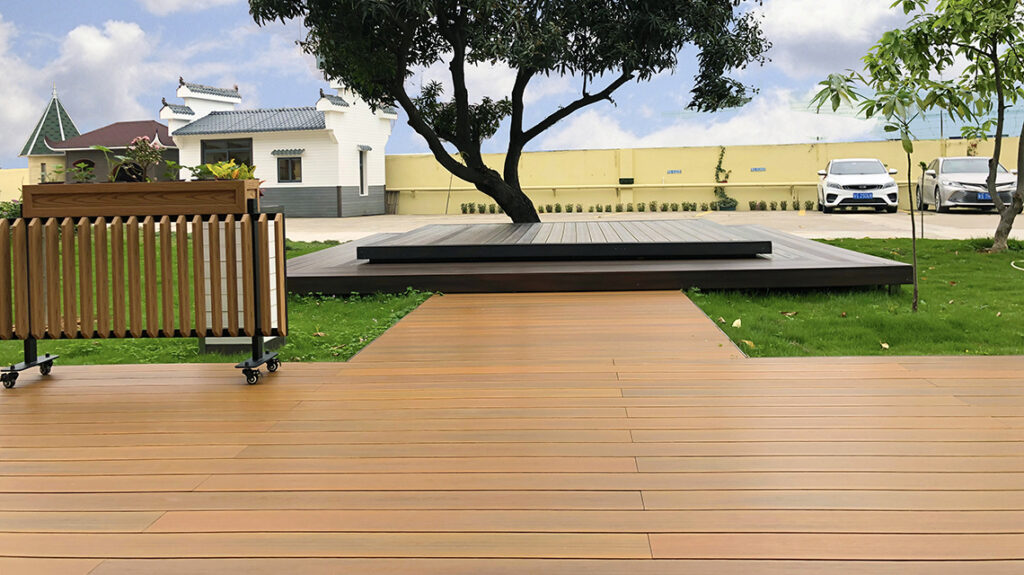
The production of wood-plastic composite materials can be traced back to the early 20th century. As early as 1907, someone in Europe used thermosetting phenolic resin and wood powder to make wood-plastic composite materials. In the next 100 years, the production of wood-plastic composite materials has made great progress, and wood-plastic products have also entered the practical application stage. In China, wood-plastic composite materials are a very young and emerging environmental protection industry. It started in the 1980s and entered a stage of rapid development since 2005. At present, my country's wood-plastic composite market sales exceed 900,000 tons, becoming the world's second largest wood-plastic market. Entering the 21st century, countries are paying more attention to resources and environmental issues. Wood-plastic composite materials are also favored by various industries for their environmental protection, recyclability, and turning waste into treasure.
Wood-plastic composite material is a composite material based on wood fiber and plastic, so it has certain characteristics of wood and plastic, and through a series of modification methods, the advantages of both can be maximized.
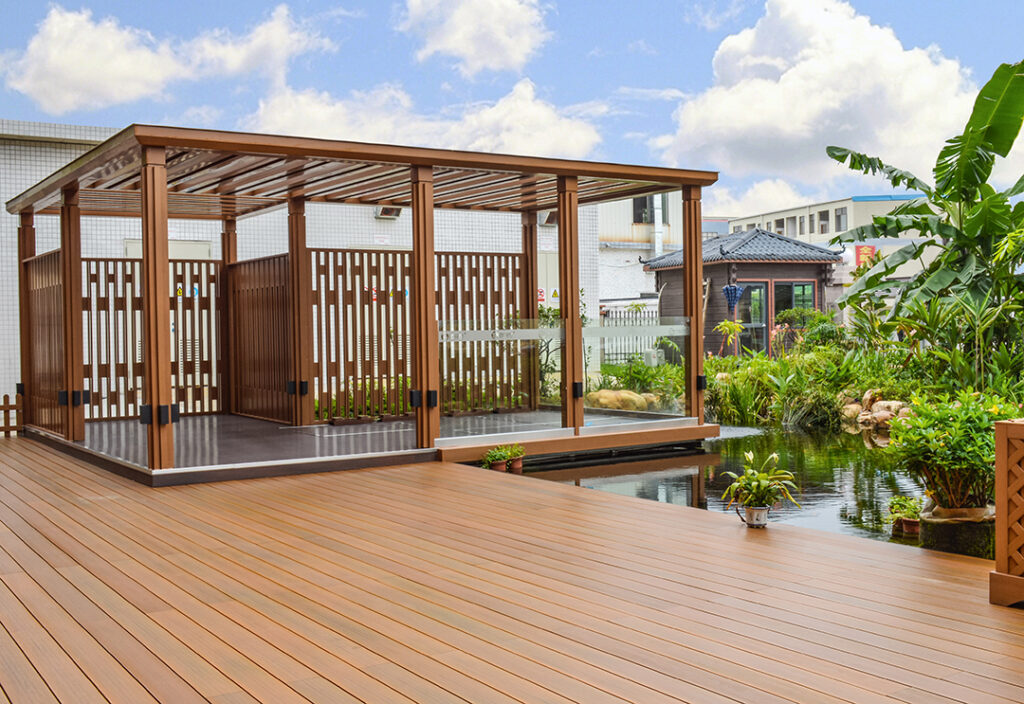
First of all, wood-plastic composite materials have good processing properties. Similar to ordinary wood, they can complete a series of processing modes, and the processing results are even better. Secondly, it also has good strength properties. This is due to the fiber and plastic content in the material, which makes it more durable and stronger than regular wood. The wood powder can be treated to make it UV-resistant, water-resistant, corrosion-resistant, and has good stability to meet the conditions for outdoor use. More importantly, the raw materials of wood-plastic composite materials come from a wide range of sources. Low-value biomass fibers such as sawdust, wood chips, bamboo chips, rice husks, wheat straw, soybean hulls, peanut shells, sugarcane bagasse, and cotton straw can all be used as main raw materials. Greatly reduces costs, saves resources, and protects the environment. Because of this, wood-plastic composite materials have a wide range of applications.
At present, the application of wood-plastic composite materials mainly includes the following fields: ① Building materials and decorative materials, such as various types of indoor and outdoor decking, partitions, decorations, etc. ②Logistics industry. Mainly in the packaging boxes, shelves, etc. used to package products. ③Transportation industry. Such as railway sleepers, guardrails, sound insulation panels, etc. ④Living furniture and sporting goods. Such as tables, chairs, benches, bookshelves, rackets, skis, etc. According to incomplete statistics, 50% of my country's annual wood-plastic products are used for floors, 15% are used for doors and windows, 15% are used for outdoor guardrails, and 20% are used for other products.
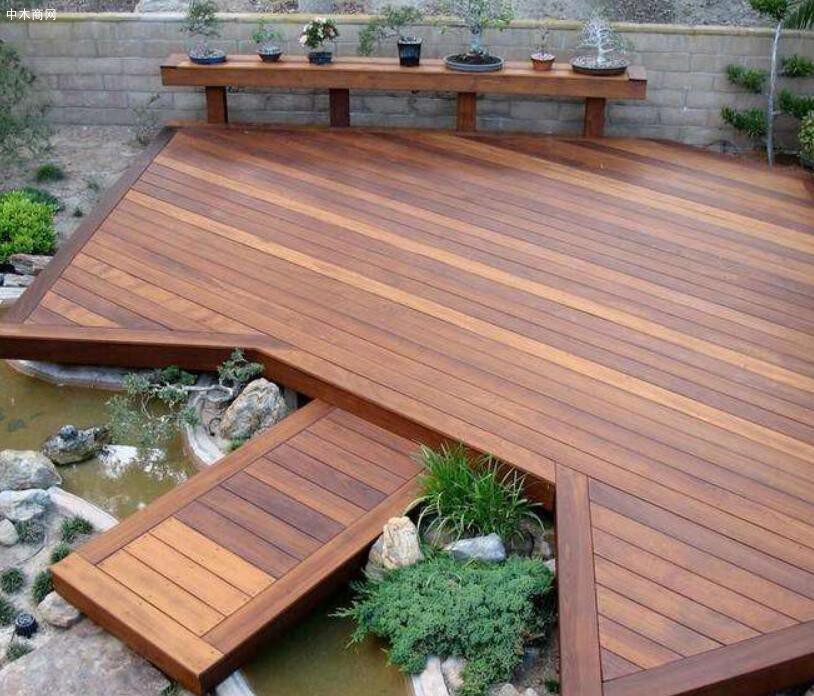
At present, with the proposal and development of the concept of circular economy, wood-plastic composite materials have broad application prospects. Progress in raw materials, production processes and performance improvements will further promote the development of wood-plastic composite materials. Our country actively advocates circular economy and green economy, and plastic wood will play a more important role in our country's production and life.

